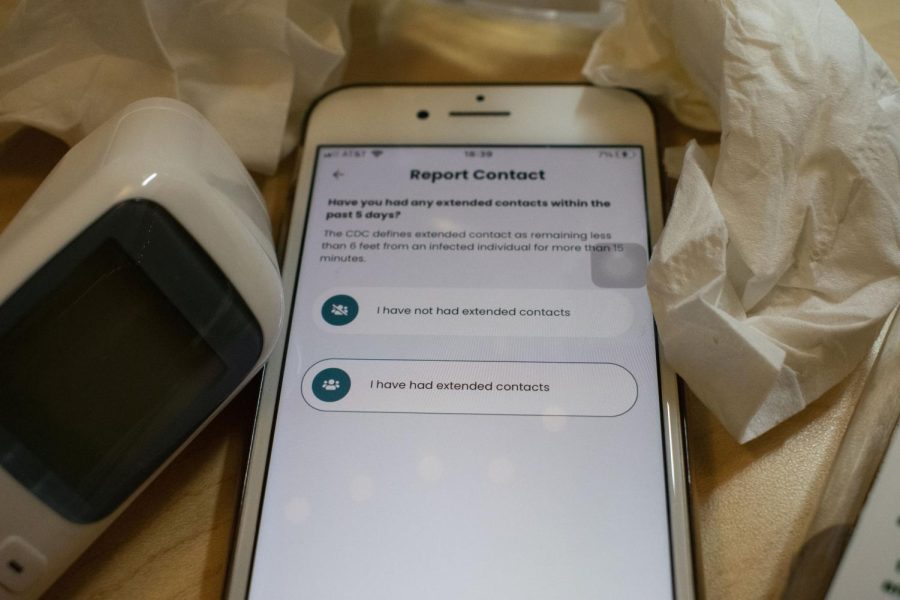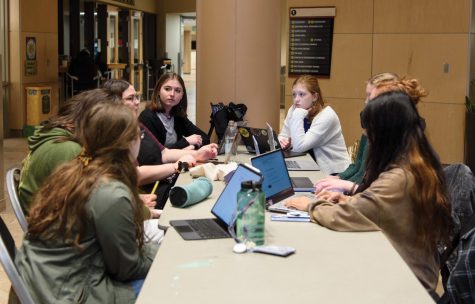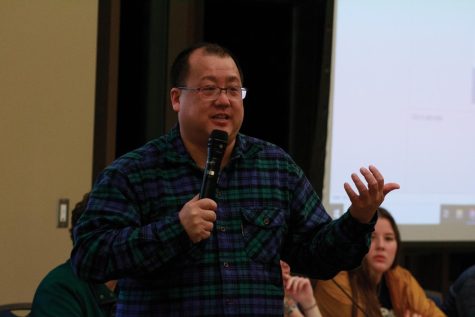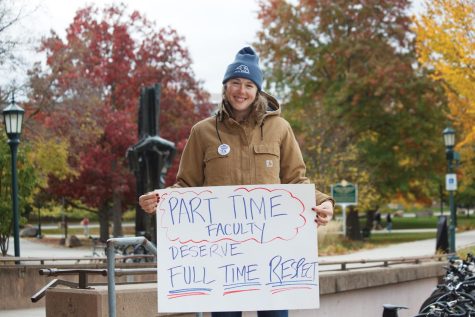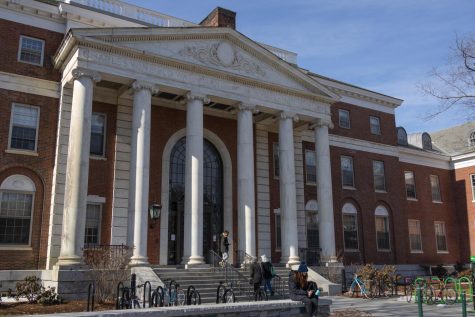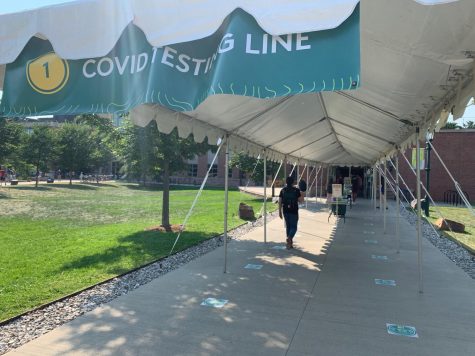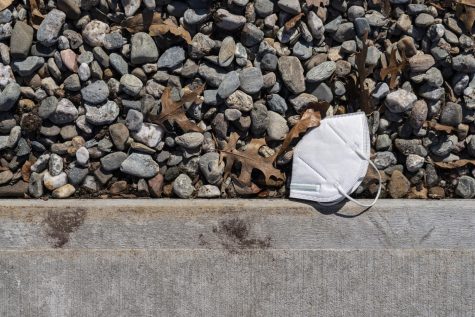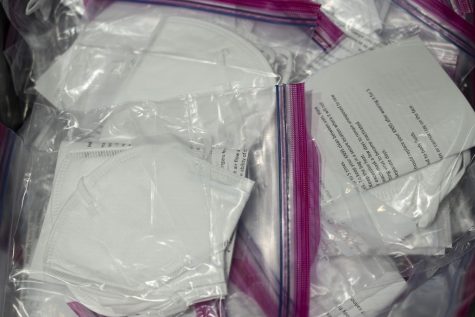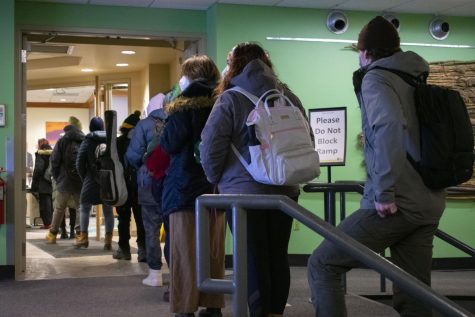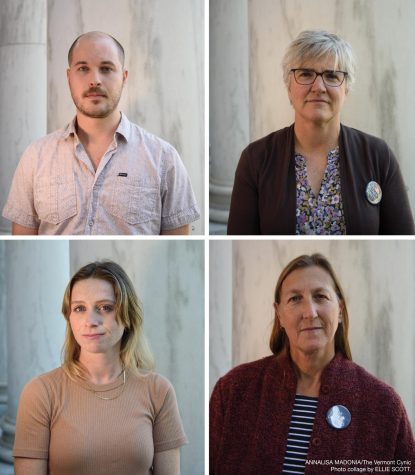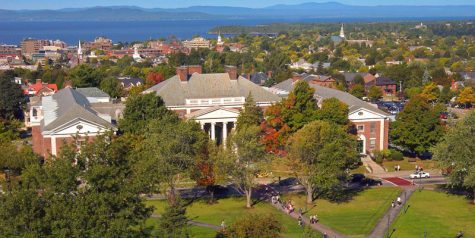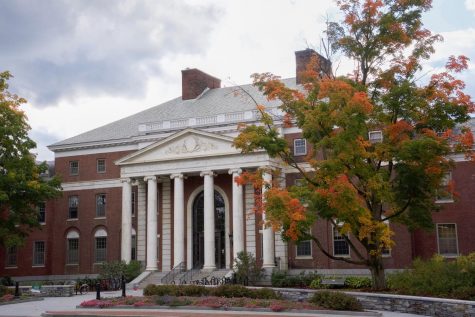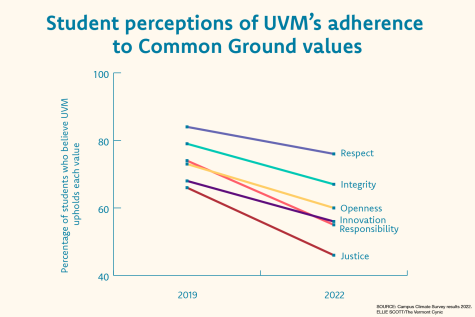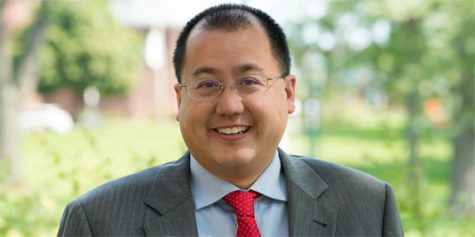Students now responsible for contact tracing, UVM asks them to take it seriously
The CoVerified app sits open on the self-reporting contact tracing screen.
Editor’s note: This story was updated Jan. 26 at 12:46 p.m. to include comment from UVM spokesperson Enrique Corredera that was received following the article’s publication.
Students are responsible for contact tracing for COVID-19, as of Jan. 11 according to an email from Patricia Prelock, provost and senior vice president, and Gary Derr, vice president for operations and public safety.
Student Health Services, the previous contact tracer, prioritizes notifying students of positive tests over informing close contacts due to the increased volume of omicron-related cases and updated guidance from the Vermont Department of Health, the email stated.
“What we’re really saying is, we need your help,” Derr said.
UVM expects an increase in cases in the coming weeks, which means a significant increase in the number of students SHS would need to contact, Derr said. UVM asks students to perform contact tracing themselves in order for SHS to prioritize informing positive students.
“If you look back at some of our numbers reported in the fall, when you report 30-35 positives a week, that’s not hard to manage, right? That’s a much smaller number,” Derr said. “When you report 200 in one week […] that’s a lot to manage.”
SHS is not experiencing staff shortages, nor did funding play any role in this change, Derr said.
Before the surge in cases brought on by the omicron variant, SHS failed to notify close contacts in a timely manner, sophomore Lillian Dailey said. Dailey’s roommate tested positive the Wednesday before Thanksgiving break last semester. SHS did not contact Dailey until Monday of the week after break.
“It gave me no confidence,” Dailey said. “[It] felt like a failure on their part because this could have been a huge outbreak caused by them not giving clear guidance.”
However, UVM Spokesperson Enrique Corredera stated this information pertaining to Dailey’s experience is not accurate, according to a Jan. 25 email to the Cynic.
“SHS has always made every effort to reach close contacts in a timely manner, including in this instance,” Corredera stated.
Dailey believes students are unreliable in handling contact tracing on their own, she said. She believes UVM should reinstate required weekly testing to account for the possible rise of cases due to negligent student contact tracing.
Sophomore Ally Shepherd found out her friend exposed her to COVID-19 shortly after returning to campus this spring, she said. Shepherd had to find her own resources for what to do upon exposure online.
“I was upset that I didn’t hear anything from [UVM] at all, and had to figure out everything on my own,” Shepherd said.
Information on COVID-19 symptoms and instructions for those who test positive or are exposed can be found at UVM’s Center for Health and Wellbeing COVID-19 Information webpage.
Shepherd believes SHS is more reliable and trustworthy than students are, she said. She fears student-run contact tracing will not be as effective and there will be a spike in positive cases because of it.
“[SHS] should be contacting [close contacts],” Shepherd said. “Yeah, it’s a lot of calls to make, but I think what’s most important is the safety of our community, and [UVM] should be doing more to protect us.”
However, contact tracing done by citizens or students is no less viable than when done by a health organization because people’s willingness to cooperate is not dependent on who is doing contact tracing, said Patsy Kelso, Vermont state epidemiologist.
“It’s a reasonable approach for a university to take, especially given that [their] vaccination rates […] are even higher than they are in the state,” Kelso said. “It’s a relatively low risk environment when you think about the possibility of severe health outcomes.”
Student contact tracing follows the guidelines on information from the VDH, which identifies close contacts as individuals who spent 15 minutes within six feet of an infected person 24 hours within their infectious period, Derr said.
When an individual at UVM is contact traced, they should wear a mask all times they are around others, watch for symptoms and test within 48 hours of exposure and five days afterwards, according to UVM’s COVID-19 Guidelines website.
UVM students are 100% compliant with the University’s vaccine mandate and are required to receive a booster shot before Feb. 1, Derr said. Eighty-eight percent of UVM employees are vaccinated.
Between 71-80% of Burlington’s population has received at least one dose of the vaccine, according to the VDH COVID-19 Vaccine Dashboard.
The VDH transitioned to a primarily citizen-run contact tracing procedure because the omicron variant’s transmission rate outpaces the state contact tracer’s capabilities to notify people, Kelso said.
While SHS informs students they need to contact trace, there is no enforcement in place, nor will students face conduct violations for not doing so, Derr said. He expects cases will rise if students fail to comply.
“People [need] to step up and do their part and not look for the University to make you do the right thing,” Derr said. “It’s all part of each of us taking some responsibility for what’s going on and owning it.”
Students will be faithful in performing contact tracing because many close contacts include people they are close to, such as friends, roommates and team members, Derr said.
Michelle Paavola, medical director of SHS, did not respond to the Cynic’s requests for comment.
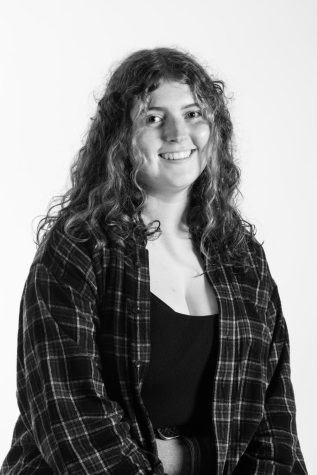
(She/they) Halsey McLaen is a junior from Groton, Connecticut, majoring in environmental sciences with a minor in reporting and documentary storytelling....


